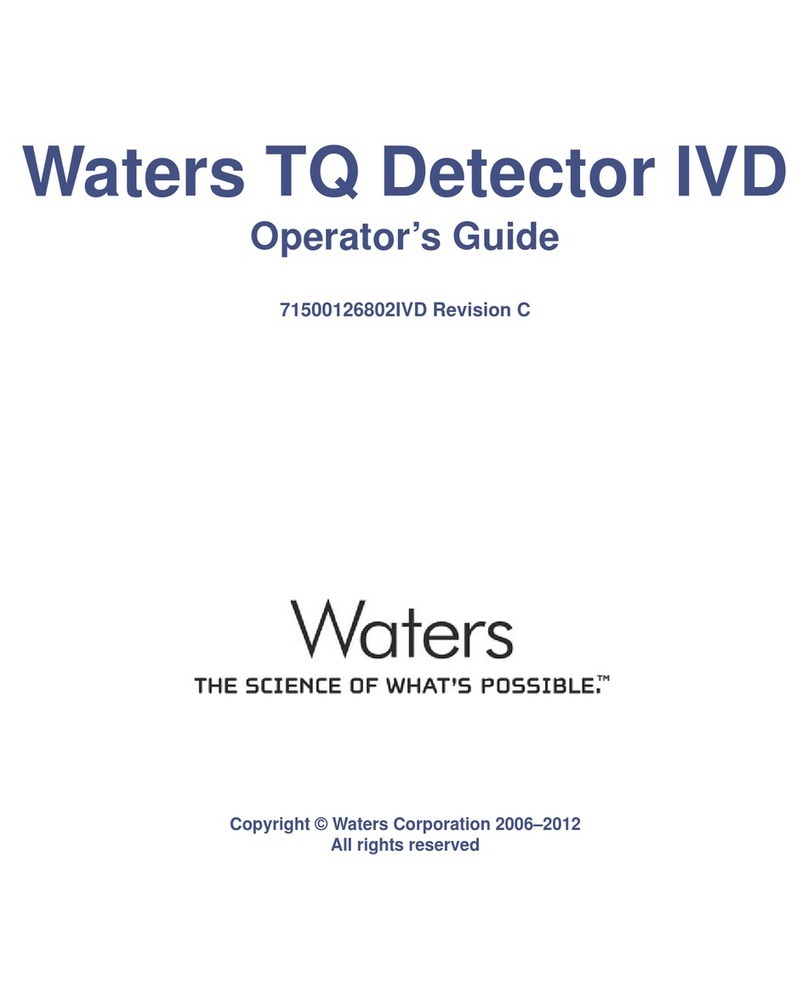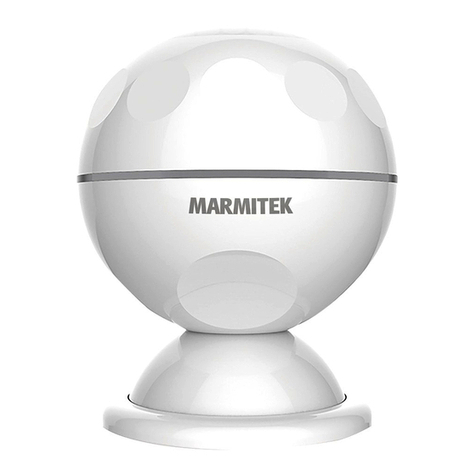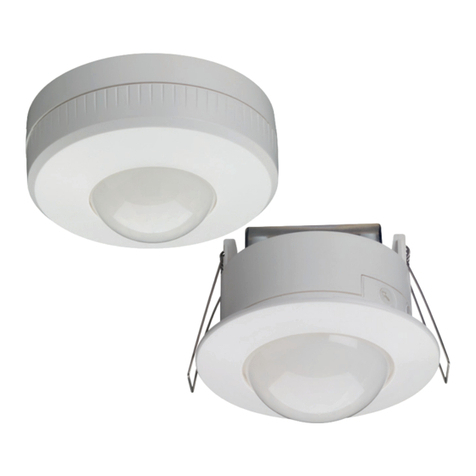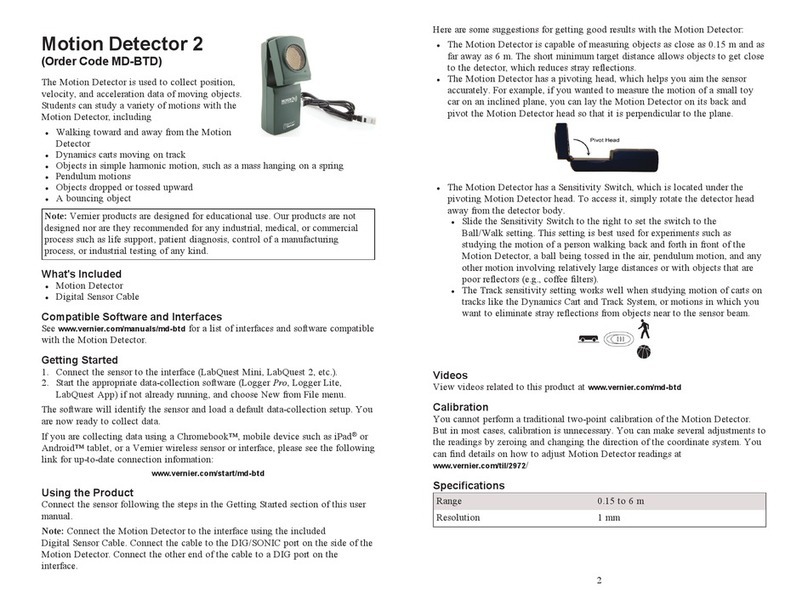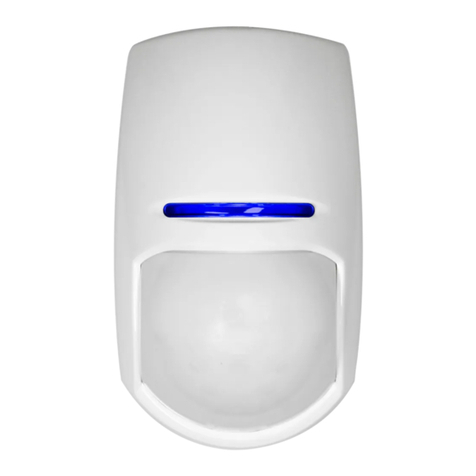WATERS CORPORATION 2432 Operating manual

2432 Conductivity
(Cond) Detector
Overview and Maintenance Guide
715004730 / Revision A
Copyright © Waters Corporation 2015
All rights reserved

General information
Copyright notice
© 2015 WATERS CORPORATION. PRINTED IN THE UNITED STATES OF AMERICA
AND IN IRELAND. ALL RIGHTS RESERVED. THIS DOCUMENT OR PARTS THEREOF
MAY NOT BE REPRODUCED IN ANY FORM WITHOUT THE WRITTEN PERMISSION OF
THE PUBLISHER.
Trademarks
ACQUITY® is a registered trademark of Waters Corporation.
ACQUITY ArcTM is a trademark of Waters Corporation.
ACQUITY UPLC® is a registered trademark of Waters Corporation.
Alliance® is a registered trademark of Waters Corporation.
Empower® is a registered trademark of Waters Corporation.
THE SCIENCE OF WHAT'S POSSIBLE® is a registered trademark of Waters
Corporation.
Waters® is a registered trademark of Waters Corporation.
LAC/ETM is a trademark of Waters Corporation.
All other trademarks or registered trademarks are the sole property of their
respective owners.
Customer comments
Waters’ Technical Communications organization invites you to report any errors that
you encounter in this document or to suggest ideas for otherwise improving it. Help
us better understand what you expect from our documentation so that we can
continuously improve its accuracy and usability.
We seriously consider every customer comment we receive. You can reach us at
December 7, 2015, 715004730 Rev. A
Page ii

Contacting Waters
Contact Waters with enhancement requests or technical questions regarding the use,
transportation, removal, or disposal of any Waters product. You can reach us via the
Internet, telephone, or conventional mail.
Waters contact information
Contacting
medium
Information
Internet The Waters Web site includes contact information for Waters
locations worldwide.
Visit www.waters.com
Telephone and fax From the USA or Canada, phone 800-252-4752, or fax
508-872-1990.
For other locations worldwide, phone and fax numbers appear
in the Waters Web site.
Conventional mail Waters Corporation
Global Support Services
34 Maple Street
Milford, MA 01757
USA
Safety considerations
Some reagents and samples used with Waters instruments and devices can pose
chemical, biological, or radiological hazards (or any combination thereof). You must
know the potentially hazardous effects of all substances you work with. Always follow
Good Laboratory Practice (GLP), and consult your organization’s standard operating
procedures as well as your local requirements for safety.
Safety hazard symbol notice
Documentation needs to be consulted in all cases where the symbol is used to
find out the nature of the potential hazard and any actions which have to be taken.
December 7, 2015, 715004730 Rev. A
Page iii

Considerations specific to the Waters 2432 Conductivity
Detector
Warning: To avoid electric shock, do not remove protective panels from
system modules. The components within are not user-serviceable.
Warning: To avoid injury from electrical shock or fire, and damage to the
equipment, do not place vessels containing liquid atop the workstation or ancillary
equipment or otherwise expose those units to dripping or splashing liquids.
Prohibited: To avoid equipment damage caused by spilled solvent, do not
place reservoir bottles directly atop an instrument or device or on its front
ledge. Instead, place the bottles in the bottle tray, which serves as
secondary containment in the event of spills.
FCC radiation emissions notice
Changes or modifications not expressly approved by the party responsible for
compliance, could void the user's authority to operate the equipment. This device
complies with Part 15 of the FCC Rules. Operation is subject to the following two
conditions: (1) this device may not cause harmful interference, and (2) this device
must accept any interference received, including interference that may cause
undesired operation.
Electrical power safety notice
Do not position the instrument so that it is difficult to disconnect the power cord.
Equipment misuse notice
If equipment is used in a manner not specified by its manufacturer, protections
against personal injury inherent in the equipment’s design can be rendered
ineffective.
Safety advisories
Consult the "Safety advisories" appendix in this publication for a comprehensive list
of warning advisories and notices.
December 7, 2015, 715004730 Rev. A
Page iv

Operating this device
When operating this device, follow standard quality-control (QC) procedures and the
guidelines presented in this section.
Applicable symbols
Symbol Definition
Manufacturer
Date of manufacture
Authorized representative of the European Community
Confirms that a manufactured product complies with all
applicable European Community directives
or
Australia EMC compliant
Confirms that a manufactured product complies with all
applicable United States and Canadian safety requirements
Consult instructions for use
Alternating current
Electrical and electronic equipment with this symbol may contain
hazardous substances and should not be disposed of as general
waste.
For compliance with the Waste Electrical and Electronic
Equipment Directive (WEEE) 2012/19/EU, contact Waters
Corporation for the correct disposal and recycling instructions.
Serial number
REF
Part number catalog number
December 7, 2015, 715004730 Rev. A
Page v

Audience and purpose
This guide is intended for personnel who install, operate, and maintain the Waters
2432 Conductivity Detector.
Intended use of the detector
The Waters 2432 Conductivity Detector is intended to measure the ionic strength of
a solution with a pair of inert electrodes. The resulting chromatograms measure
concentrations of anions and cations. Typical applications are in water chemistry,
sugar and salt content in food, and water analysis for pollution. The Waters 2432
Conductivity Detector is not intended for clinical applications, but rather for use as a
general laboratory module.
Calibrating
To calibrate LC systems, follow acceptable calibration methods using at least five
standards to generate a standard curve. The concentration range for standards must
include the entire range of QC samples, typical specimens, and atypical specimens.
Quality control
Routinely run three QC samples that represent subnormal, normal, and above-
normal levels of a compound. If sample trays are the same or very similar, vary the
location of the QC samples in the trays. Ensure that QC sample results fall within an
acceptable range, and evaluate precision from day to day and run to run. Data
collected when QC samples are out of range might not be valid. Do not report these
data until you are certain that the instrument performs satisfactorily.
EMC considerations
Canada spectrum management emissions notice
This class A digital product apparatus complies with Canadian ICES-001.
Cet appareil numérique de la classe A est conforme à la norme NMB-001.
December 7, 2015, 715004730 Rev. A
Page vi

ISM classification: ISM group 1 class B
This classification has been assigned in accordance with IEC CISPR 11 Industrial
Scientific and Medical (ISM) instrument requirements.
Group 1 products apply to intentionally generated and/or used conductively coupled
radio-frequency energy that is necessary for the internal functioning of the
equipment.
Class B products are suitable for use in both commercial and residential locations and
can be directly connected to a low voltage, power-supply network.
EC authorized representative
Address Waters Corporation
Stamford Avenue
Altrincham Road
Wilmslow SK9 4AX UK
Telephone +44-161-946-2400
Fax +44-161-946-2480
Contact Quality manager
December 7, 2015, 715004730 Rev. A
Page vii

Table of contents
General information ......................................................................ii
Copyright notice........................................................................................... ii
Trademarks ................................................................................................. ii
Customer comments..................................................................................... ii
Contacting Waters ....................................................................................... iii
Safety considerations................................................................................... iii
Safety hazard symbol notice ...............................................................iii
Considerations specific to the Waters 2432 Conductivity Detector ............iv
FCC radiation emissions notice ............................................................iv
Electrical power safety notice ..............................................................iv
Equipment misuse notice....................................................................iv
Safety advisories...............................................................................iv
Operating this device ....................................................................................v
Applicable symbols ............................................................................ v
Audience and purpose........................................................................vi
Intended use of the detector...............................................................vi
Calibrating........................................................................................vi
Quality control ..................................................................................vi
EMC considerations...................................................................................... vi
Canada spectrum management emissions notice ...................................vi
ISM classification: ISM group 1 class B ................................................vii
EC authorized representative ....................................................................... vii
1 2432 Conductivity Detector .........................................................11
1.1 Location of the detector within the system ..................................................... 11
1.2 Major components ...................................................................................... 14
1.3 Theory of operation .................................................................................... 16
1.3.1 Flow cell design............................................................................... 16
1.3.2 Conductance................................................................................... 16
1.3.3 Temperature................................................................................... 16
1.3.4 Autozero ........................................................................................ 17
December 7, 2015, 715004730 Rev. A
Page viii

2 Preparing and operating the detector..........................................18
2.1 Stacking system modules ............................................................................ 18
2.2 Connecting the tubing ................................................................................. 19
2.3 Installing the multi-detector drip tray............................................................ 21
2.4 Making the USB connection.......................................................................... 21
2.5 Connecting signal cables ............................................................................. 21
2.6 Input/output signal connectors..................................................................... 23
2.7 Connecting to the electricity source............................................................... 23
2.8 Adding the detector to the system ................................................................ 24
2.9 Measuring the cell constant.......................................................................... 26
2.10 Installation recommendations for fittings ....................................................... 26
2.10.1 One-piece PEEK fitting ..................................................................... 26
3 Maintenance procedures .............................................................27
3.1 Maintenance schedule ................................................................................. 27
3.2 Spare parts ............................................................................................... 27
3.3 Taking care of the flow cell .......................................................................... 27
3.4 Safety and handling.................................................................................... 28
3.5 Replacing the module's fuses ....................................................................... 28
3.6 Cleaning the exterior of the equipment.......................................................... 30
A Safety advisories.........................................................................32
A.1 Warning symbols........................................................................................ 32
A.1.1 Specific warnings............................................................................. 33
A.2 Notices ..................................................................................................... 34
A.3 Bottles Prohibited symbol ............................................................................ 35
A.4 Required protection .................................................................................... 35
December 7, 2015, 715004730 Rev. A
Page ix

A.5 Warnings that apply to all Waters instruments and devices .............................. 35
A.6 Warnings that address the replacing of fuses.................................................. 39
A.7 Electrical symbols....................................................................................... 41
A.8 Handling symbols ....................................................................................... 42
B Specifications ..............................................................................43
B.1 Physical specifications ................................................................................. 43
B.2 Environmental specifications ........................................................................ 43
B.3 Electrical specifications................................................................................ 44
B.4 Operational specifications ............................................................................ 44
B.5 Flow cell specifications ................................................................................ 45
B.6 Input specifications..................................................................................... 45
B.7 Wetted materials of construction .................................................................. 46
December 7, 2015, 715004730 Rev. A
Page x

12432 Conductivity Detector
The 2432 Conductivity Detector detects and measures anions and cations present in
column eluent.
1.1 Location of the detector within the system
The detector is configured as part of the following systems:
• ACQUITY Arc system
• ACQUITY UPLC H-Class or ACQUITY UPLC Bio H-Class system
• Alliance HPLC system
• Modular liquid chromatography system
See also: For detailed configuration information, contact your sales representative.
December 7, 2015, 715004730 Rev. A
Page 11

Figure 1–1: Location of a detector in an example ACQUITY Arc system
1
2
3
4
5
2432 Conductivity Detector
30-cm Column heater
Quaternary solvent manager-R
Sample manager - Flow through needle-R
Bottle tray
December 7, 2015, 715004730 Rev. A
Page 12

Figure 1–2: Location of a detector in an example ACQUITY UPLC H-Class
system
1
2
3
4
5
6
2432 Conductivity Detector
30-cm Column heater
Quaternary solvent manager
Sample manager - Flow through needle
Column heater
Bottle tray
December 7, 2015, 715004730 Rev. A
Page 13

Figure 1–3: Location of a detector in an example Alliance HPLC system
1
2
3
4
2432 Conductivity Detector
30-cm Column heater
e2695 separations module
Solvent bottle tray
1.2 Major components
When you open the detector's door, the only visible components are two fittings
where tubing is attached and routed in and out of the detector. The rear of the
detector has a USB port, an I/O signal connector, and an inlet for ac power.
December 7, 2015, 715004730 Rev. A
Page 14

Figure 1–4: Detector with door open
OUT
IN
1
2
Eluent flow out
Eluent flow in
Figure 1–5: Detector rear
1
2
3
December 7, 2015, 715004730 Rev. A
Page 15

Signal cable
USB port
Power inlet
1.3 Theory of operation
1.3.1 Flow cell design
The flow cell has an internal volume of 0.8 µL, and the microprocessor controls
conductivity measurement.
The cell constant is typically 16/cm, and you can adjust it from 13/cm through
21/cm.
Column effluent flows through an internal heater and directly through the flow cell.
1.3.2 Conductance
The specific conductance, κ, of a solution of known concentration is calculated using
the following equation. The detector measures conductivity in µS*cm-1.
κ = θL = θ/Rcell
Where:
θ = cell constant
L = measured conductance of the solution
Rcell = measured resistance
1.3.3 Temperature
The flow cell heater minimizes the effect of ambient temperature fluctuations on
measurement accuracy. Generally, a solution’s conductivity rises about 2% for every
degree Celsius of temperature increase.
You can set the temperature to between 20 °C and 50 °C, in 5-degree increments.
The detector controls only those temperatures above ambient temperature.
Recommendation: Operate the detector at 5 °C over ambient temperature.
See: For instructions on setting cell temperature and the temperature coefficient,
see the online Help.
December 7, 2015, 715004730 Rev. A
Page 16

1.3.4 Autozero
You can eliminate the eluent’s contribution to conductivity using the Autozero
function. When you select Autozero, the detector measures the eluent conductivity
and assigns it a value of zero. Thus, any sample ions appear as positive or negative
measurements, relative to a zero baseline.
Figure 1–6: Absolute and relative (autozeroed) conductivity traces
December 7, 2015, 715004730 Rev. A
Page 17

2Preparing and operating the
detector
Install the detector as described in this section.
2.1 Stacking system modules
This procedure applies to system modules equipped with interlocking features.
Important: For the order in which to stack modules, contact your field service
engineer.
Notice: To avoid overheating the module, do not block the air vent. Ensure
that a minimum gap of 6 inches exists behind the system, for ventilation and
rear-panel connections.
Warning: To avoid spinal and muscular injury, do not attempt to lift a
system module without assistance.
Warning: To avoid crushing your fingers beneath or between modules, use
extreme care when installing a module in the system stack.
December 7, 2015, 715004730 Rev. A
Page 18

To stack the modules:
1. Place the rear feet of the module that you are adding atop the previously added
module in the system stack, and slide it backward until its rear alignment pin
rests in the rear alignment slot on the previously added module.
Figure 2–1: Aligning pins with slots
Alignment pin (2)
Alignment slot (2)
2. Lower the front of the module that you are adding so that its front alignment
pin rests in the front alignment slot on the previously added module.
3. Repeats steps 1 and 2 for the remaining system modules.
2.2 Connecting the tubing
To connect the tubing to the detector:
1. Connect the tubing from the column manager to the fixture labeled "IN".
Requirement: There are two lengths of tubing in the kit. Connect the shorter
tubing with the smaller ID to "IN".
December 7, 2015, 715004730 Rev. A
Page 19

OUT
IN
1
Tubing from the column manager
2. Direct the tubing from the fixture labeled "OUT" to a waste container.
Requirement: Connect the longer tube with the larger ID to "OUT".
Requirement: Ensure that the waste container is placed lower than, or at the
same level as, the detector.
OUT
IN
1
Tubing directed to waste
December 7, 2015, 715004730 Rev. A
Page 20
Table of contents
Other WATERS CORPORATION Security Sensor manuals
Popular Security Sensor manuals by other brands
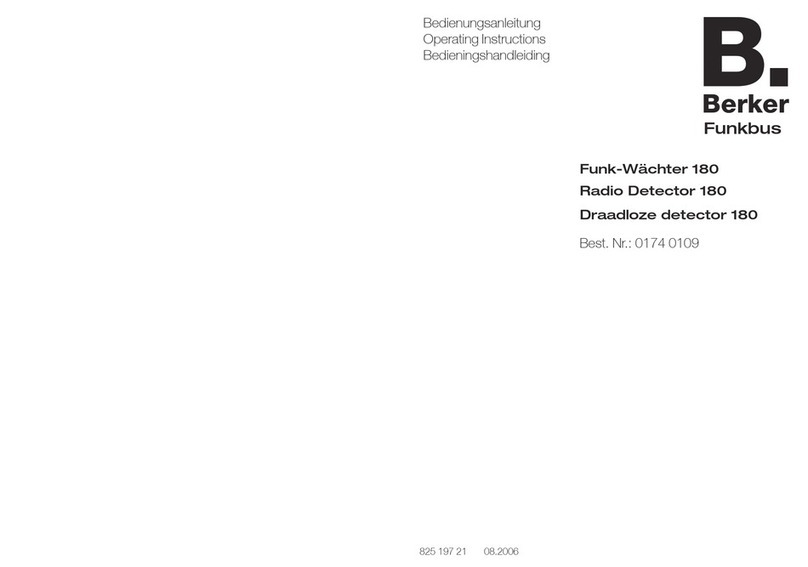
Berker
Berker Radio Detector 180 operating instructions
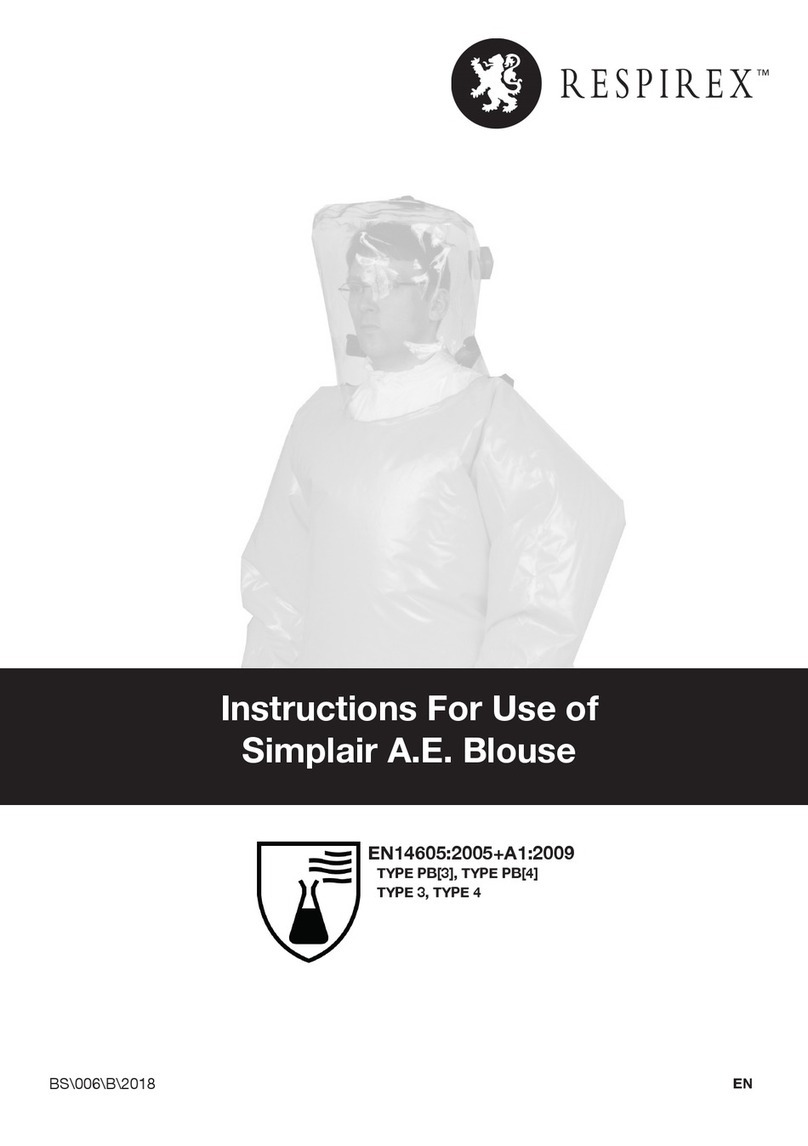
Respirex
Respirex Simplair Instructions for use
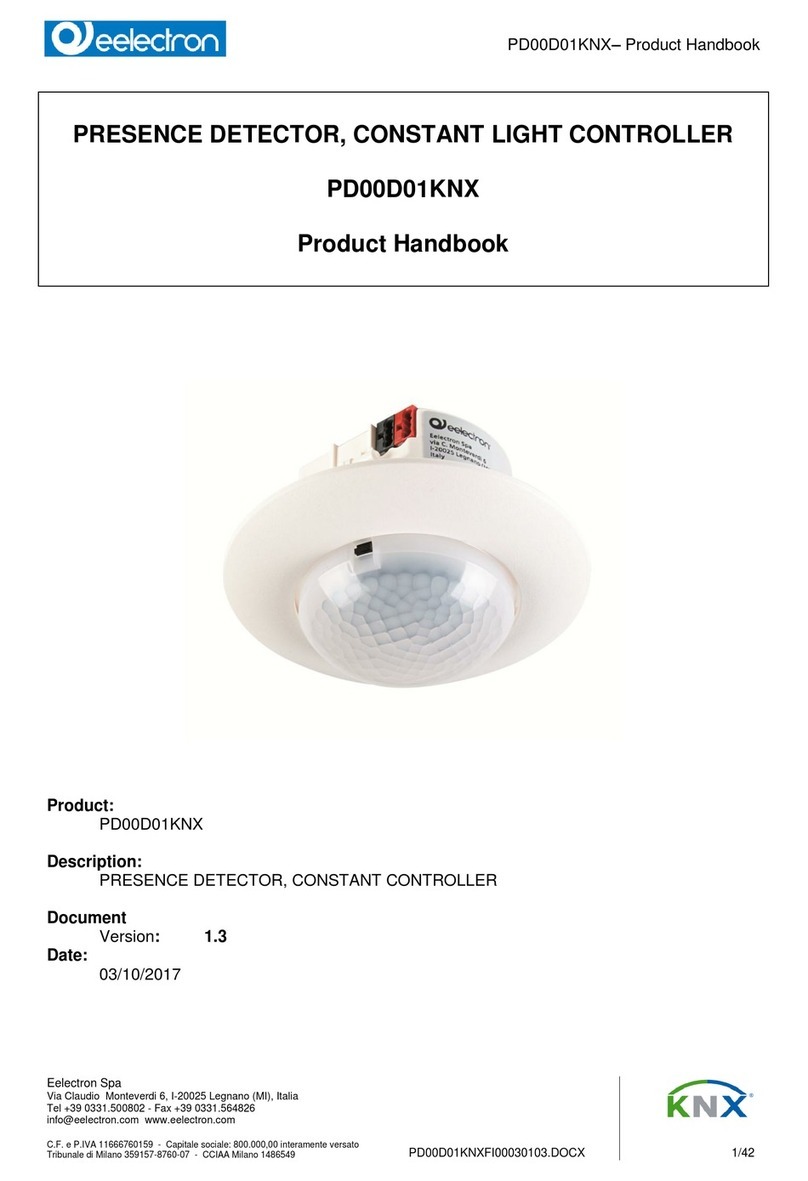
Eelectron
Eelectron PD00D01KNX Product handbook
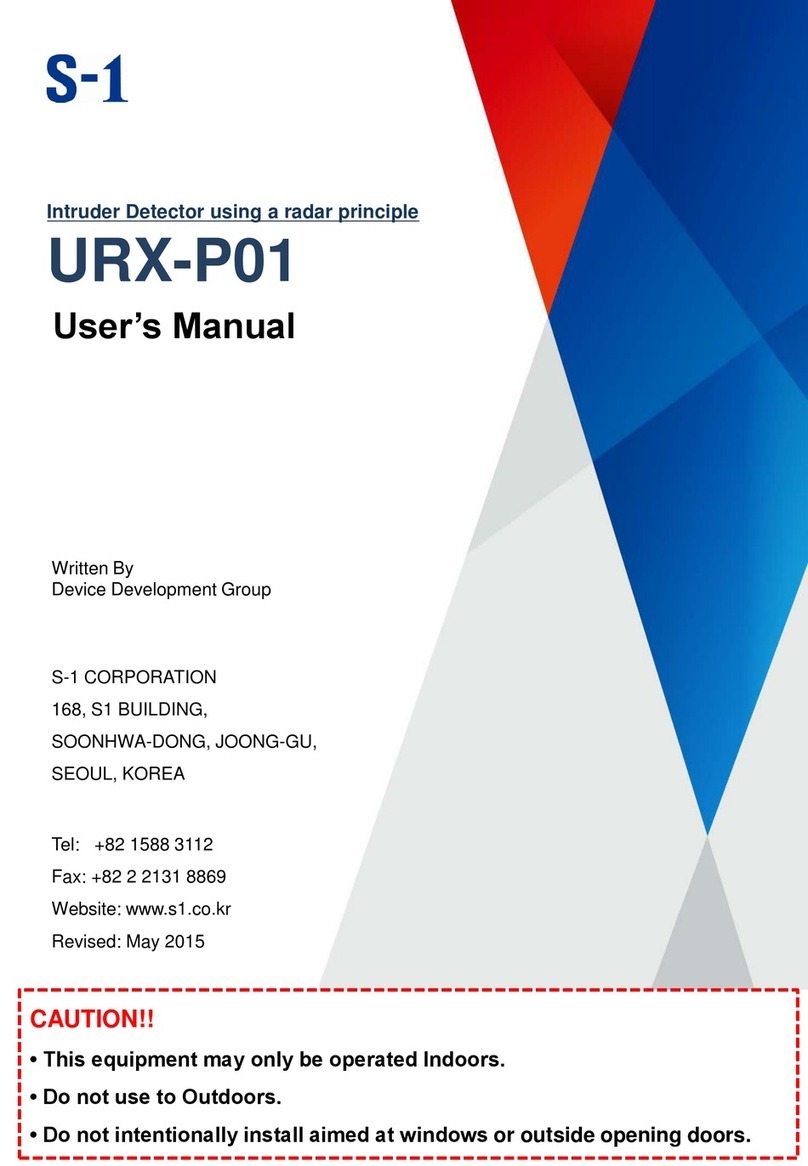
Samsung
Samsung S-1 URX-P01 user manual
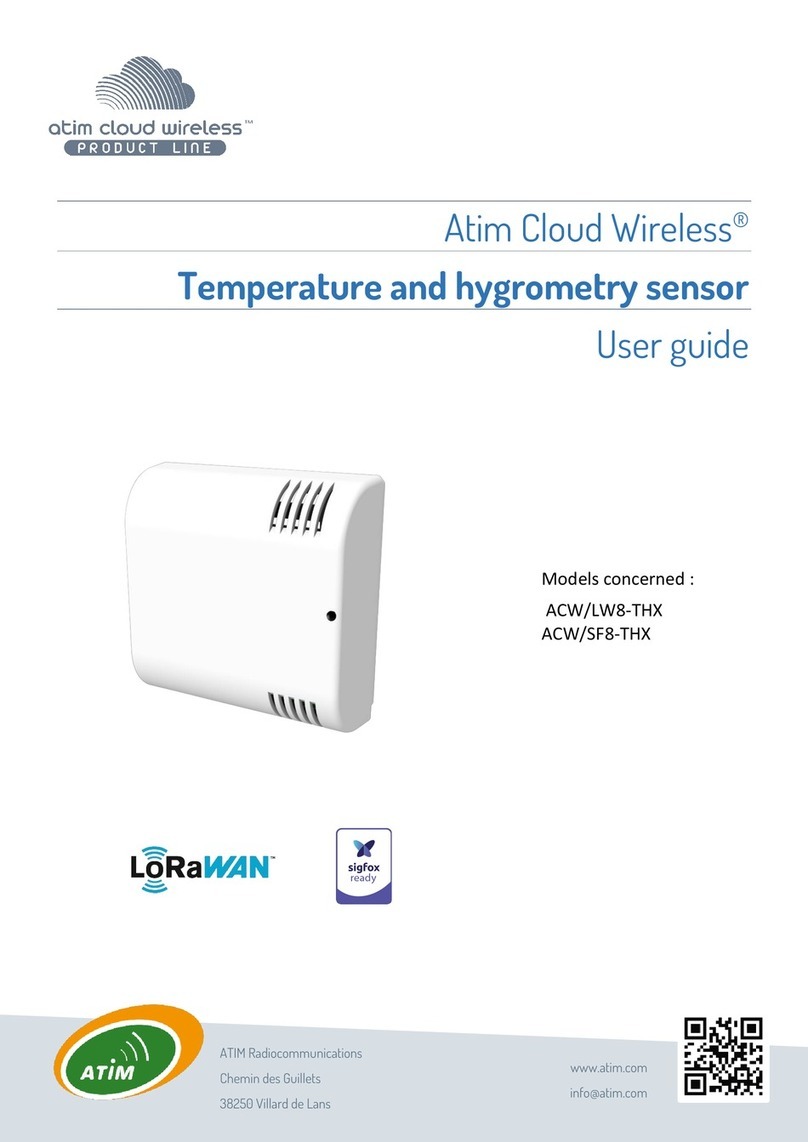
Atim Cloud Wireless
Atim Cloud Wireless LoRaWAN ACW/LW8-THX user guide

Tempo Fitness
Tempo Fitness 200FP instruction manual

Agilent Technologies
Agilent Technologies G6600-90006 Operation and maintenance manual
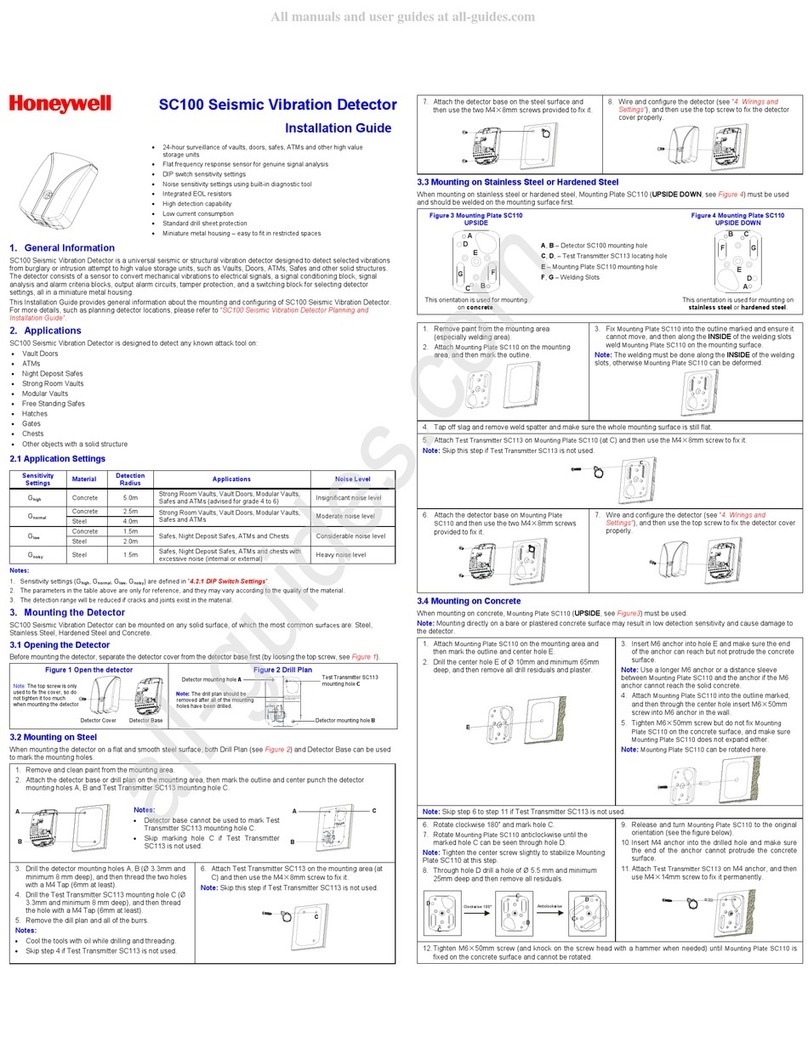
Honeywell
Honeywell SC100 installation guide
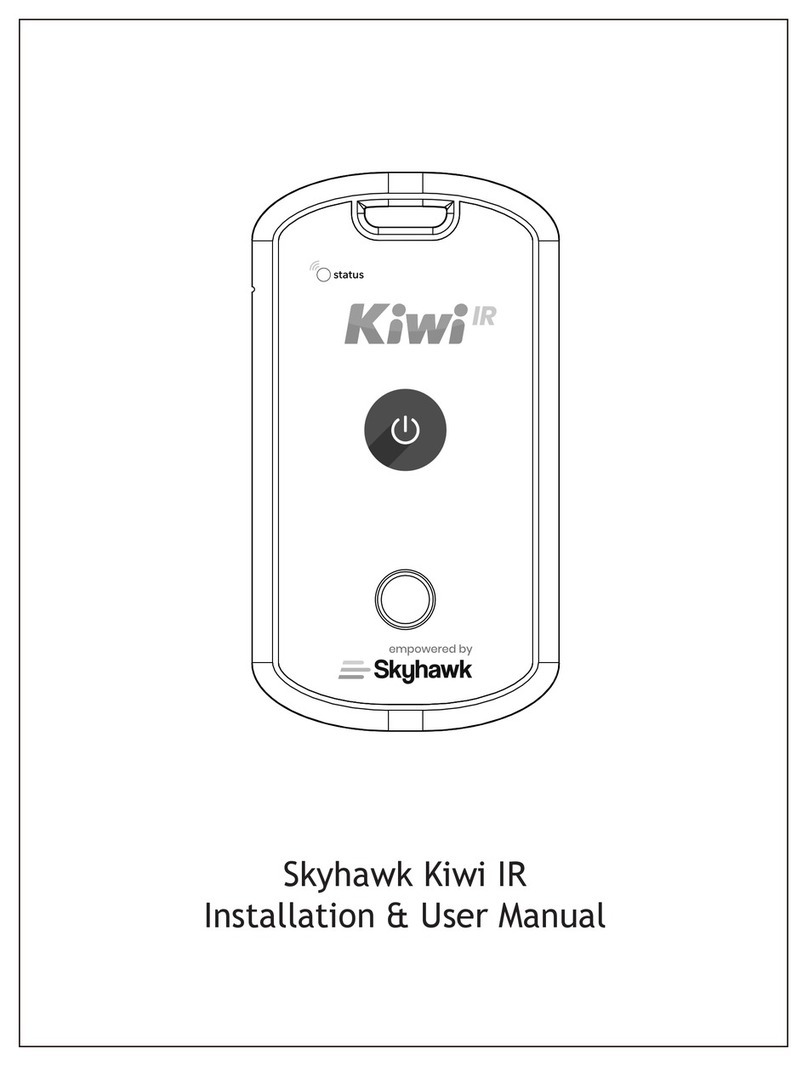
Skyhawk
Skyhawk Kiwi IR Installation & user manual
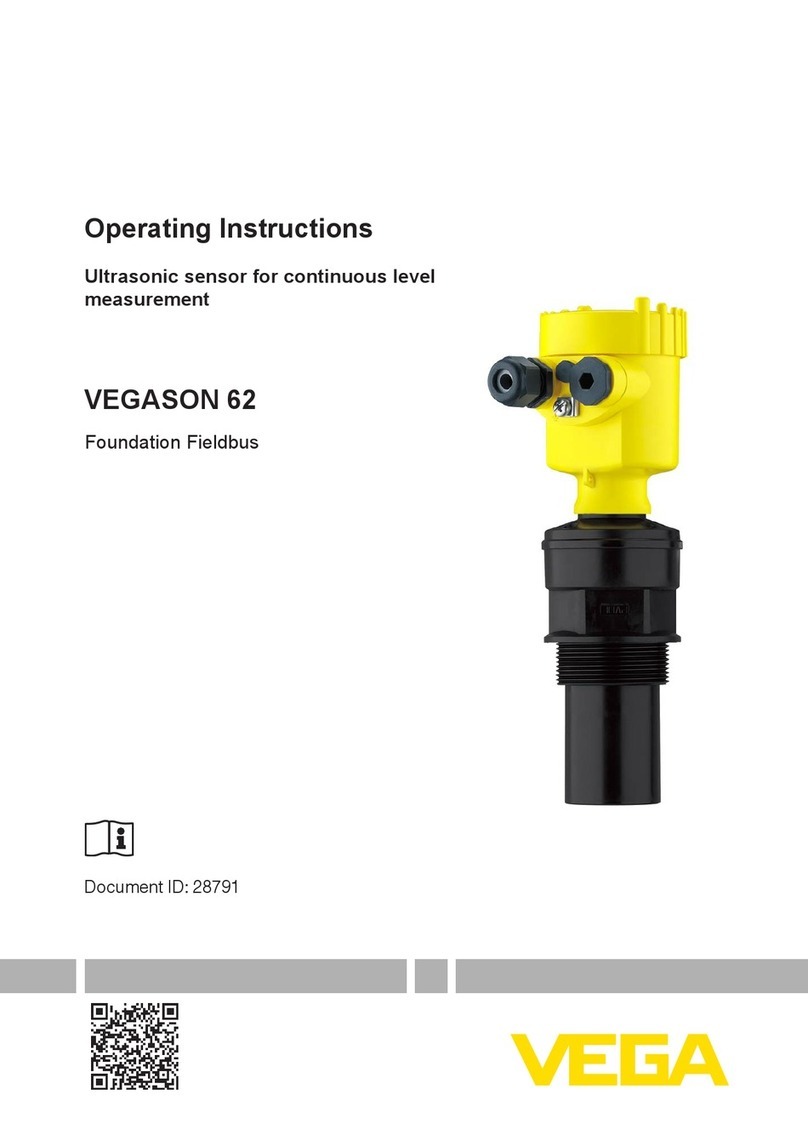
Vega
Vega VEGASON 62 operating instructions
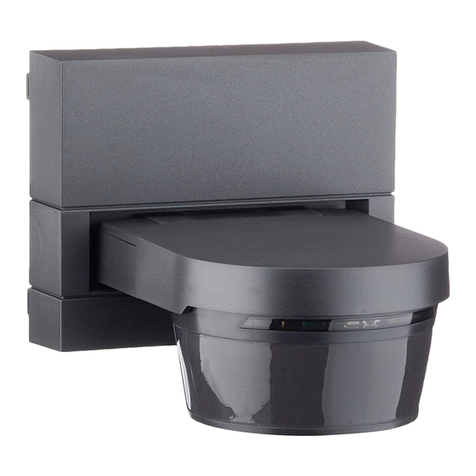
Busch-Wachter
Busch-Wachter 6847 220 MasterLINE operating instructions

ORORO
ORORO TWIN-CITIES HEATED GLOVES manual
